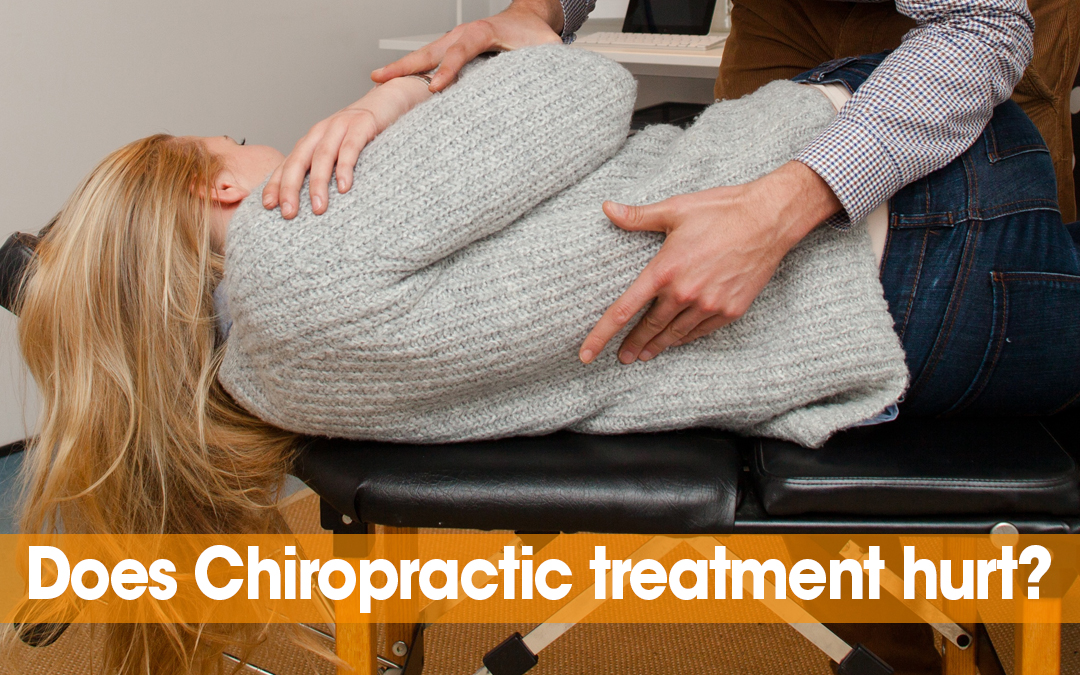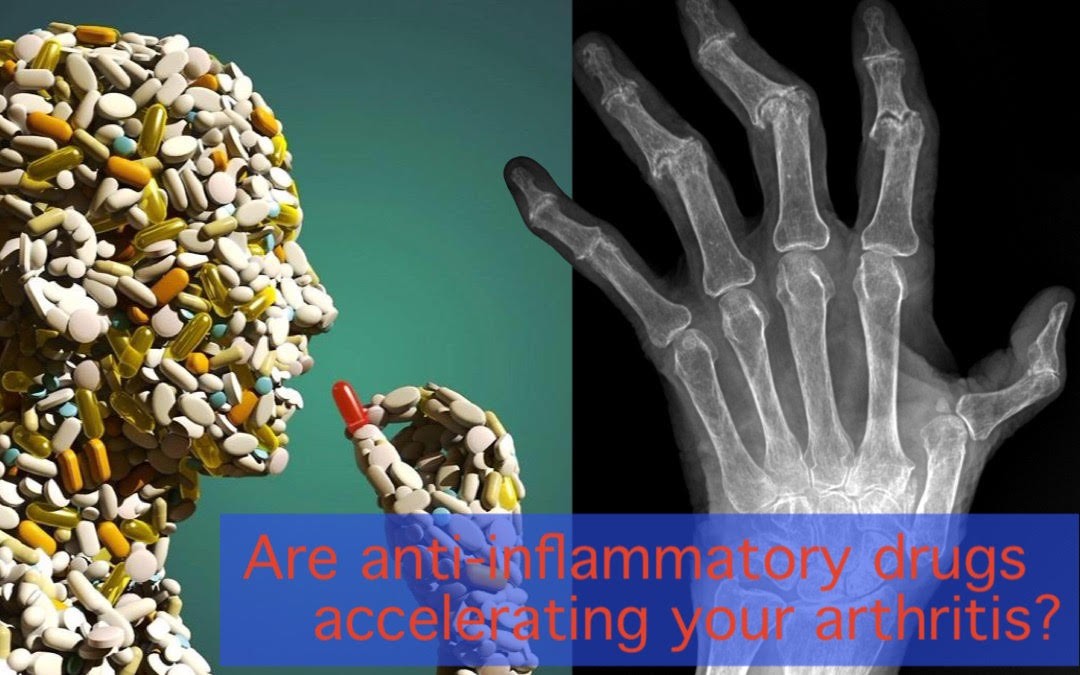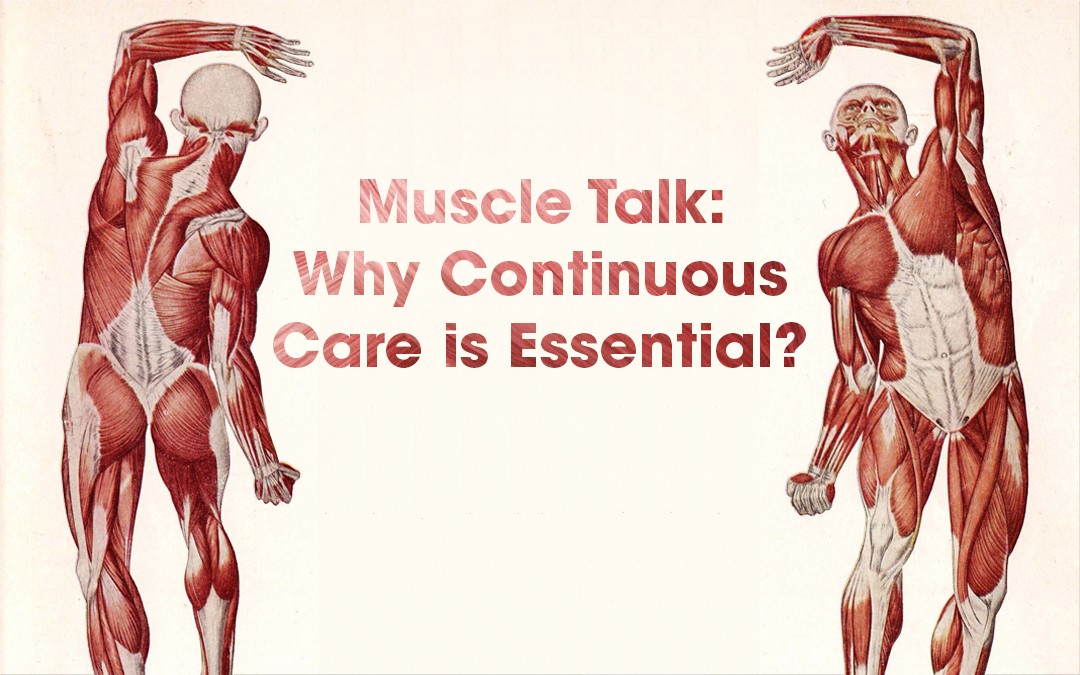
by Freya Roberts-Bolton | Nov 9, 2018 | Chiropractic |
Does chiropractic treatment hurt? As chiropractors, one of the most common questions we get asked is ‘does it hurt?’. Many people feel nervous about seeking chiropractic care due to fear that the chiropractic adjustments, or ‘manipulation’, may cause them pain either during or after they have been treated. A host of viral videos on social media demonstrating extreme cracking and spinal manipulation has lead many to worry about what exactly chiropractors do! Most people find Chiropractic Adjustments do not hurt and that they enjoy the instant relief from an adjustment So what is a chiropractic adjustment? A chiropractic adjustment is a quick, specific thrust delivered by hand to the spinal joints in either your neck, mid/low back or pelvis. Registered UK chiropractors undergo 4-5 years of training in order to learn how to deliver adjustments both safely and with as little discomfort to the patient as possible. We are trained to identify the restricted joints in the spine that may be causing you discomfort – through adjusting the joints we are able to restore movement to the spine and remove pressure from any nerves that may be irritated. How does it feel? During your chiropractic treatment, your chiropractor will talk you through all of the techniques they are using, enabling you to feel relaxed and in control throughout. To the patient, the spinal adjustment is felt simply as a quick thrust which may or may not be accompanied by a ‘clicking’ or ‘popping’ sound. This simply represents air escaping the joint – much like when you pop open a bottle of champagne! So is it painful? The answer is...

by Charles Herbert | Oct 23, 2015 | Wellness |
Should I be taking statins? We get asked a lot of questions about our opinion on medications that patients have been prescribed by doctors. The one medication we get asked most about are statins. The reason we get asked about these the most is that they stir up a lot of controversy and conflicting opinions. Most people have heard about or experienced side-effects and are recommended to take them as a precautionary measure rather than as a treatment. Around 12 million people over the UK routinely take statins. Current guidelines recommend a doctor prescribes statins for anyone with a 10% risk of heart disease within 10 years, and there have been pushes in the past for everyone over 50 to take statins, regardless of their health. So, with so many people taking statins and the medical profession pushing for more to join them, do the benefits out-weight the side-effects? Recent research has found that the benefit of taking statins only helps people live 3 days longer. How do statins work? Statins reduce the level of cholesterol in your blood. There are different types of cholesterol in your body, including “good cholesterol” (high-density lipoprotein) and “bad cholesterol” (low-density lipoprotein). Cholesterol is essential for your body, we need it for the health and structure of our cells among other benefits. High levels of cholesterol, especially “bad cholesterol”, is linked with thinning and blocking of arteries (atherosclerosis), which can cause heart attacks, strokes and coronary heart disease. The main effect of statins is to stop your liver for producing cholesterol, therefore reducing the levels of cholesterol in your blood. Your liver produces around 70% of the cholesterol in your body,...

by Anwen Carter | Oct 5, 2015 | Chiropractic |
Can your arthritis be accelerated by the anti-inflammatory drugs you’re taking? A lot of the people who come and see us at The Chiropractic Centre: Bristol are struggling with the symptoms of arthritis, and are often taking one of many Non Steroidal Anti-Inflammatory Drugs (NSAIDs) for it. However research shows that this is the last thing you want to be taking, as these drugs have been proven to accelerate arthritis, the very problem you are trying to prevent! Cartilage is found between joints and is there to act as a shock absorber, to help the bones move freely in the joint, and to stop the bones grinding on one another. Osteoarthritis, otherwise known as ‘wear and tear’ is where the cartilage between joints begins to wear down and the movement in the joint decreases and you begin to develop stiffness and pain. NSAIDs are the most commonly prescribed drugs for symptoms of Osteoarthritis, however research suggests that these drugs quicken the break down of cartilage in the joint, in other words, quicken the process of arthritis! When our body is damaged, it starts an immune response to begin the healing process. When the bone and cartilage is affected, the body releases molecules called prostaglandins, along with many more! These prostaglandins contribute to the repair of cartilage (Otsuka, Aoyama, Furu, et al., 2009). NSAIDs stop this from happening by stopping an enzyme that produces these prostaglandins; which is not what you want when you have already damaged joints! Research shows that commonly used NSAID pain killers slow down the repair of cartilage and speed up the development of arthritis in your joints Many people know the common side...

by Charles Herbert | Sep 21, 2015 | Chiropractic |
All I did was pick up a pencil! And the back pain is horrific! We have a lot of people come and see us in agony; excruciating back pain radiating down their legs (sciatica), that started after picking up a pencil off the floor! It’s not always a pencil, however some arbitrary movement you’ve done many times before. So why does your back ‘go’ in such an extreme way when you weren’t doing something silly or heroic?! The best answer is the saying: ‘The straw that broke the camel’s back’. What this means is, a camel can carry a lot of straw, however eventually there will be the difference of one piece of straw that will ‘break the camel’s back’. So what do humans and camels have in common? Well, I’m not going to go down the hump route. The similarity is, as modern day humans our 21st century lifestyles are constantly putting stress (bits of straw) on our backs. We are not designed to sit, yet we sit for hours on end at work or in front of the tv, often in poor postures slouching. Research tells us we sit on average for 7.7 hours per day, which is 55% of our waking day. We are designed to lift using our legs but we lift mostly using our backs. We aren’t designed to live constantly stressful lives, yet we live lives filled with deadlines, worries and negative thoughts. So what happens is we constantly load and stress our lives with pieces of straw, and often our spine is taking the brunt of it. One day we do something we have...

by Issey Cannon | Jul 31, 2015 | Massage |
Muscle talk – Why continuous care is essential? Many of us perceive massage to be a naughty treat, similar to an indulgent chocolate bar, however it is in fact a super food. Massage complements all aspects of our health. Putting aside an allowance of time and money for a continuous care plan should be thought of as an investment in our overall well-being, which ultimately will positively affect all other aspects of life. Below is a simple pretty picture of what I call muscle talk. Muscle Talk Stage 1: Initial Consultation In my eyes, sports massage is ‘muscle talk’. A form of communication between your muscles and my hands. During a course of treatments a friendship begins to develop. At the Initial Consultation you give me hints into your life and your body tells me its stories. Your muscles begin to understand they are in a safe environment in which to relax. Sometimes there are few barriers and your muscles talk back immediately, they soften and the tension melts away. On other occasions, usually when there has been a chronic build up of stress, the barriers take more time to break down. This is why there isn’t an exact length of time a sports massage therapist can tell you that they will get you moving freely. We can offer an average length of time, typically 4-6 weekly treatments until we can space things out. We are all unique individuals with our very own muscular barriers, personal tensions and life stories, so don’t be surprised if it takes 3 treatments or 10 until we get you to stage 3! FACT: If you do your recommended exercises and drink your joy juice (water) the time...










